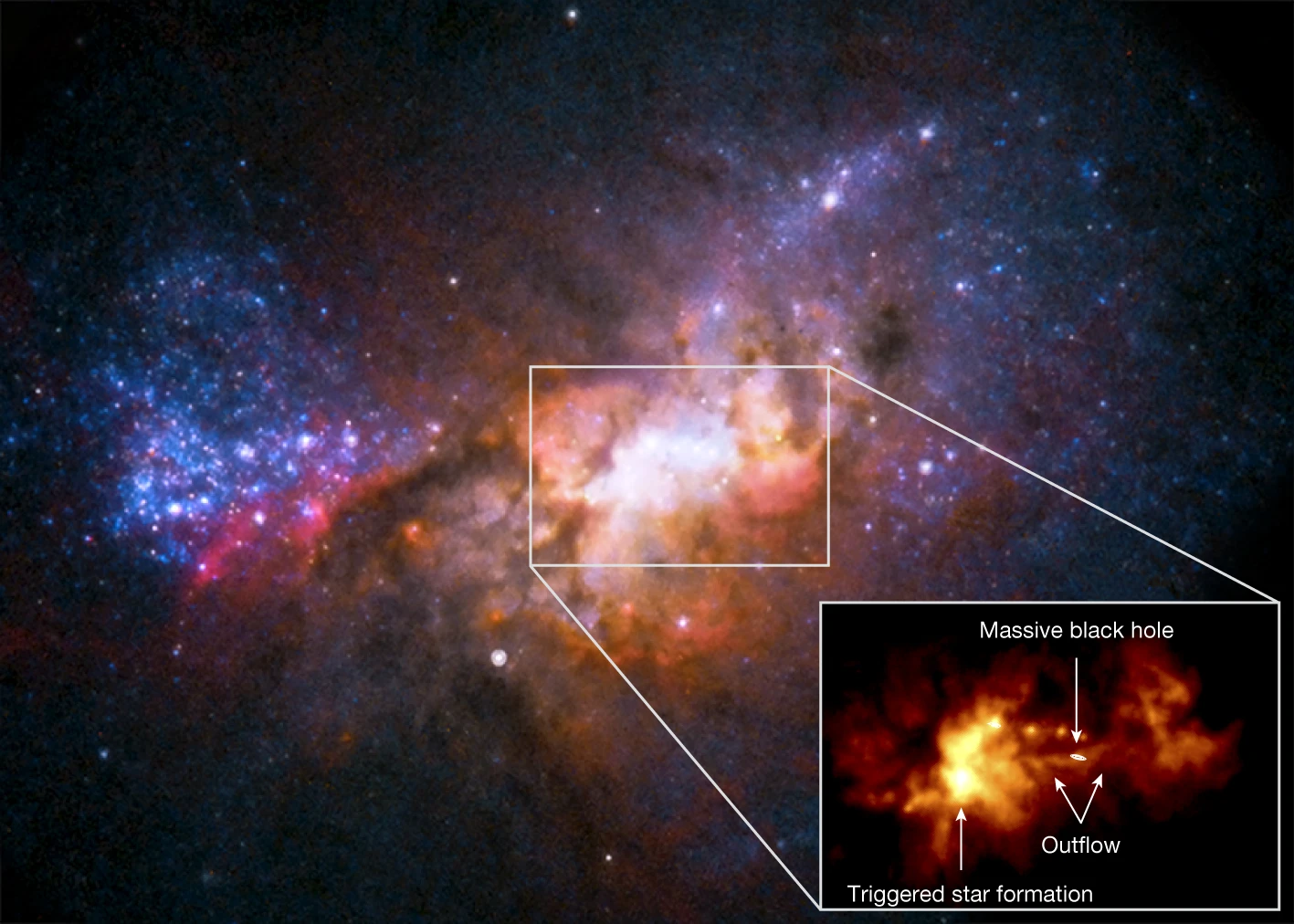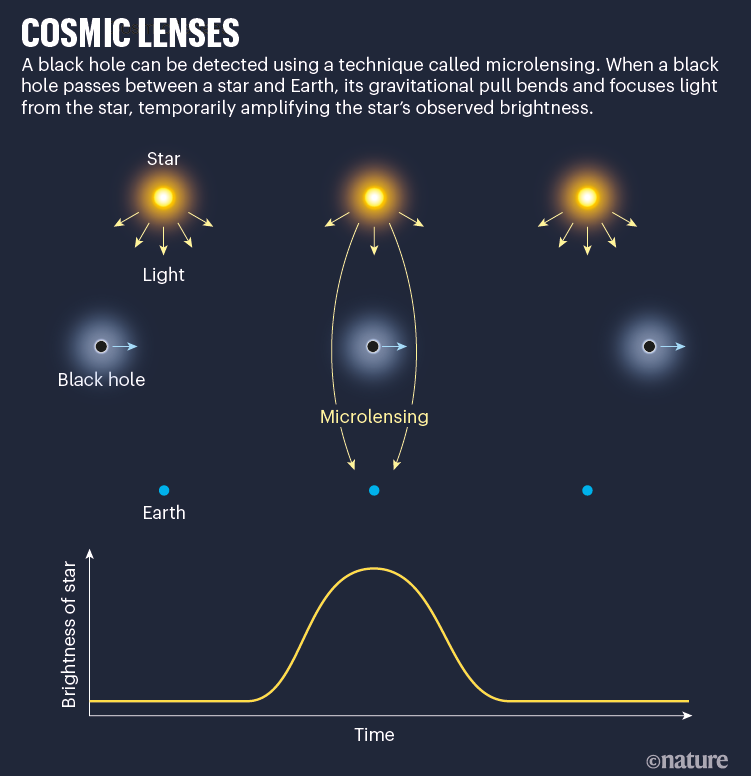The mystery hut, spotted by Yutu-2 rover on the far side of the moon turns out to be :
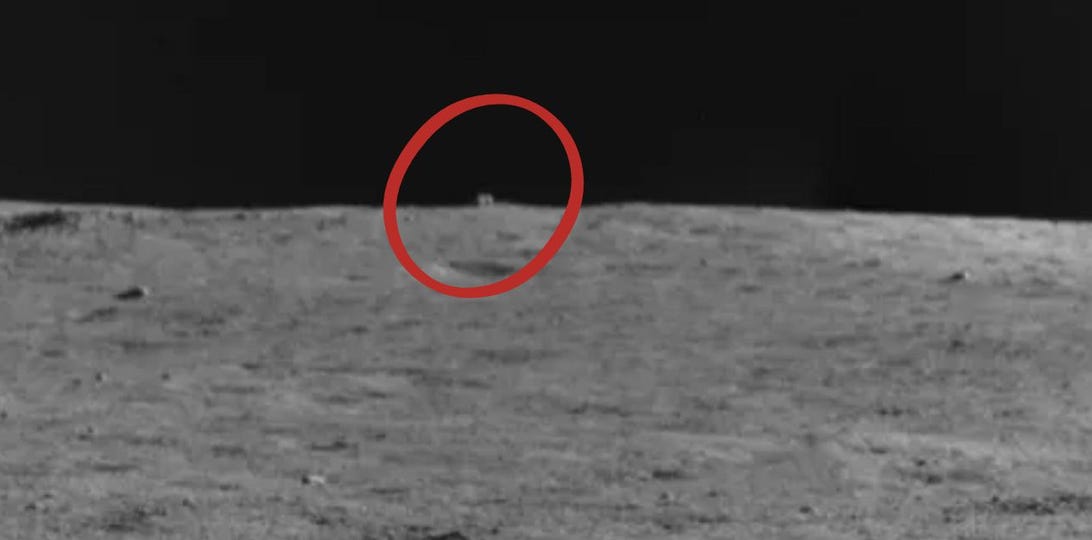
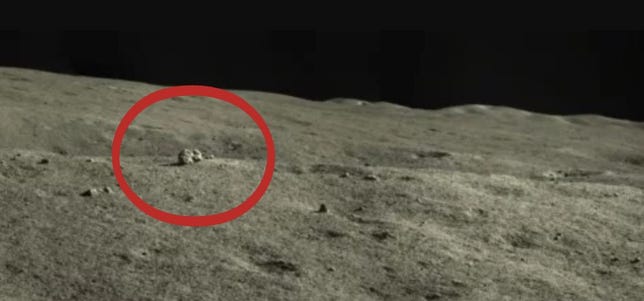
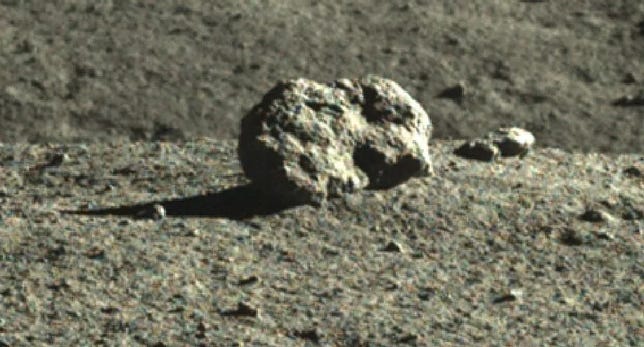
A ROCK!!!!!!!!!!!!!!






I had not realised the heat shield was so powerful, reducing the tempurature by a factor of 10 (383K to 38K?).
To achieve that, the engineers began by sending commands to the 126 actuators which will move the primary mirror segments as well as six devices that position the secondary mirror to ensure that they were working. With that confirmed, they could begin moving the segments off of the snubbers that they were sitting on during launch to absorb vibrations in a process that will take around 10 days.
The adjustment of the mirrors will take around three months in total, and will require many small, careful tweaks. “Getting there is going to take some patience: The computer-controlled mirror actuators are designed for extremely small motions measured in nanometers,” wrote Marshall Perrin from the Space Telescope Science Institute in a blog post. “Each of the mirrors can be moved with incredibly fine precision, with adjustments as small as 10 nanometers (or about 1/10,000th of the width of a human hair). Now we’re using those same actuators instead to move over a centimeter. So these initial deployments are by far the largest moves Webb’s mirror actuators will ever make in space.”
In addition, each actuator needs to work one at a time for safety reasons, and it can only work for a short period to limit how much heat it creates and spreads to the very cold mirrors. So this will be a long, slow process to get the mirrors tuned.

The telescope has successfully deployed!
Now they just need to take 3 months to cool down and slowly adjust the mirrors.
Should be done in mid-April.
James Webb begins careful, slow process of aligning mirrors | Digital Trends


